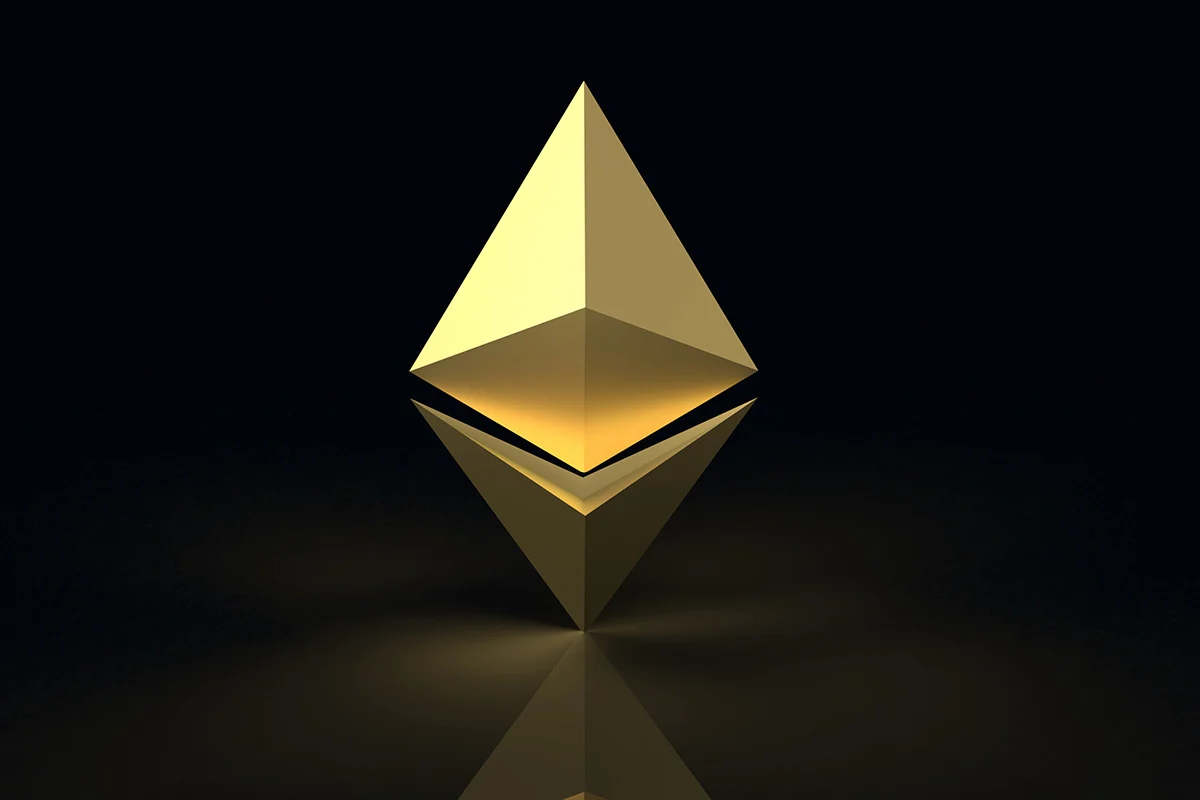TLDR
- Phala exits Polkadot, embraces Ethereum L2 for confidential AI compute.
- Phala shifts to Ethereum L2, boosting scalability and GPU-based workloads.
- Phala migrates from Polkadot to Ethereum L2 for future-ready compute.
- Ethereum L2 becomes Phala’s base for AI, staking, and governance.
- Phala’s full pivot to Ethereum L2 enables enterprise-scale confidential compute.
Phala has announced a full migration from its Polkadot parachain to Ethereum L2 as part of a strategic shift. The move aims to consolidate confidential compute and governance within a more scalable and enterprise-ready infrastructure. This decision positions Phala to align with Ethereum L2’s ecosystem strength and advanced computing capabilities.
Ethereum L2 Becomes Phala’s New Foundation
Phala confirmed that its migration to Ethereum L2 will be completed before November 20, 2025. The project plans to deactivate its parachain and enable all token and governance activities on Ethereum L2. This shift reflects the network’s intention to adopt newer confidential computing technologies like Intel TDX and GPU support.
Phala’s Ethereum L2 has been operational since January, offering lower operational costs and access to Ethereum tooling and liquidity. Through this migration, Phala will transition to a dual-layer setup using Ethereum L1 for governance and L2 for execution. The change allows staking and governance to continue seamlessly while unlocking scalability for AI and GPU-based workloads.
The Ethereum L2 environment also supports commercial traction for confidential compute, including secure GPU workloads. By focusing entirely on Ethereum L2, Phala aims to support enterprise-level adoption without the limitations of Polkadot infrastructure. Additionally, developers gain access to the extensive resources available within the EVM-aligned ecosystem.
PHA Token Migration and Staking System Overhaul
Phala tokenholders will receive a 1:1 swap into the ERC-20 variant on Ethereum L2, maintaining full asset claimability. Staking will transition to Ethereum L1, where PHA will be converted into vPHA for use in governance and rewards. This ensures that existing delegations will transition smoothly and without disruption.
The new vPHA token will serve key roles in governance, miner rewards, and community operations within the L2 environment. PHA can be redeemed at any time, with exchange rates adjusted automatically by the staking contract. Unclaimed tokens from the former Khala network will also be accessible through the new migration interface.
Miners currently running Intel SGX nodes can opt into GPU-based mining once the L2 infrastructure is fully in place. Reward distributions will continue uninterrupted, ensuring participants experience no asset loss. The project will maintain transparency throughout the process with clear user guides and timelines.
A Strategic Exit from Polkadot to Embrace Scalable Compute
The Phala parachain will officially sunset as its slot expires on November 20, 2025. The network cited limited scalability and high maintenance costs of Polkadot infrastructure as key reasons for the exit. In contrast, Ethereum L2 offers a dynamic, liquid, and developer-rich environment better suited for growth.
Phala’s infrastructure already includes critical tools like its explorer, bridge, and key management contracts deployed on Ethereum L2. These components validate the ecosystem’s readiness to handle confidential compute workloads. The shift aligns with Intel’s hardware roadmap focusing on TDX and GPU-based solutions.
The migration ensures that Phala can support future workloads across AI, privacy tech, and next-generation compute models. With full community approval and early-stage commercial validation, the team is focused on long-term sustainability. The roadmap includes usage-based settlement models and enhanced enterprise compute services built on Ethereum L2.






